

— Products —
 Consumer hotline +8618073152920
Consumer hotline +8618073152920 WhatsApp:+8615367865107
Address:Room 102, District D, Houhu Industrial Park, Yuelu District, Changsha City, Hunan Province, China
All products
An anemometer is an instrument used to measure wind speed. It can accurately measure the speed and direction of the wind, helping us to understand the dynamics and kinematic properties of the wind.The main function of an anemometer is to collect information about the wind speed and then convert it into readable measurements such as kilometres per hour or metres per second.Measurement of wind power is a crucial task in meteorology, energy industry and environmental monitoring.···
Tel/WhatsApp:+8615367865107
Email:Arvin@niubol.com +Nearly 100 partner company in more than 68 countries. We are committed to providing high-quality, practical products to meet your needs and help you solve problems.Product Details
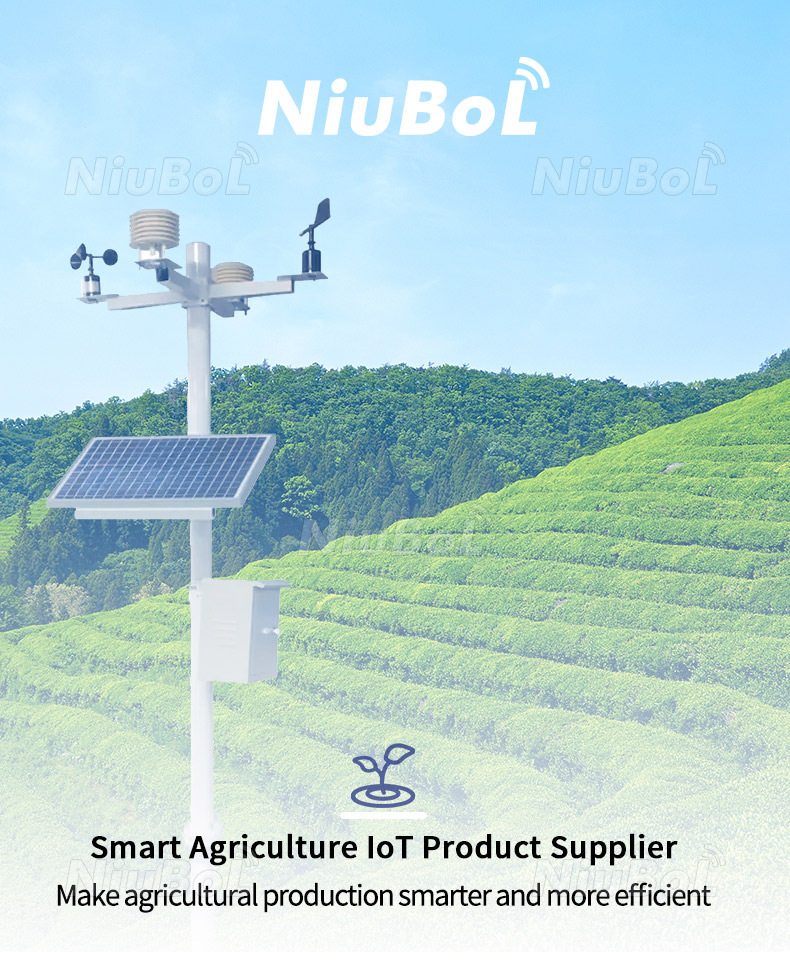
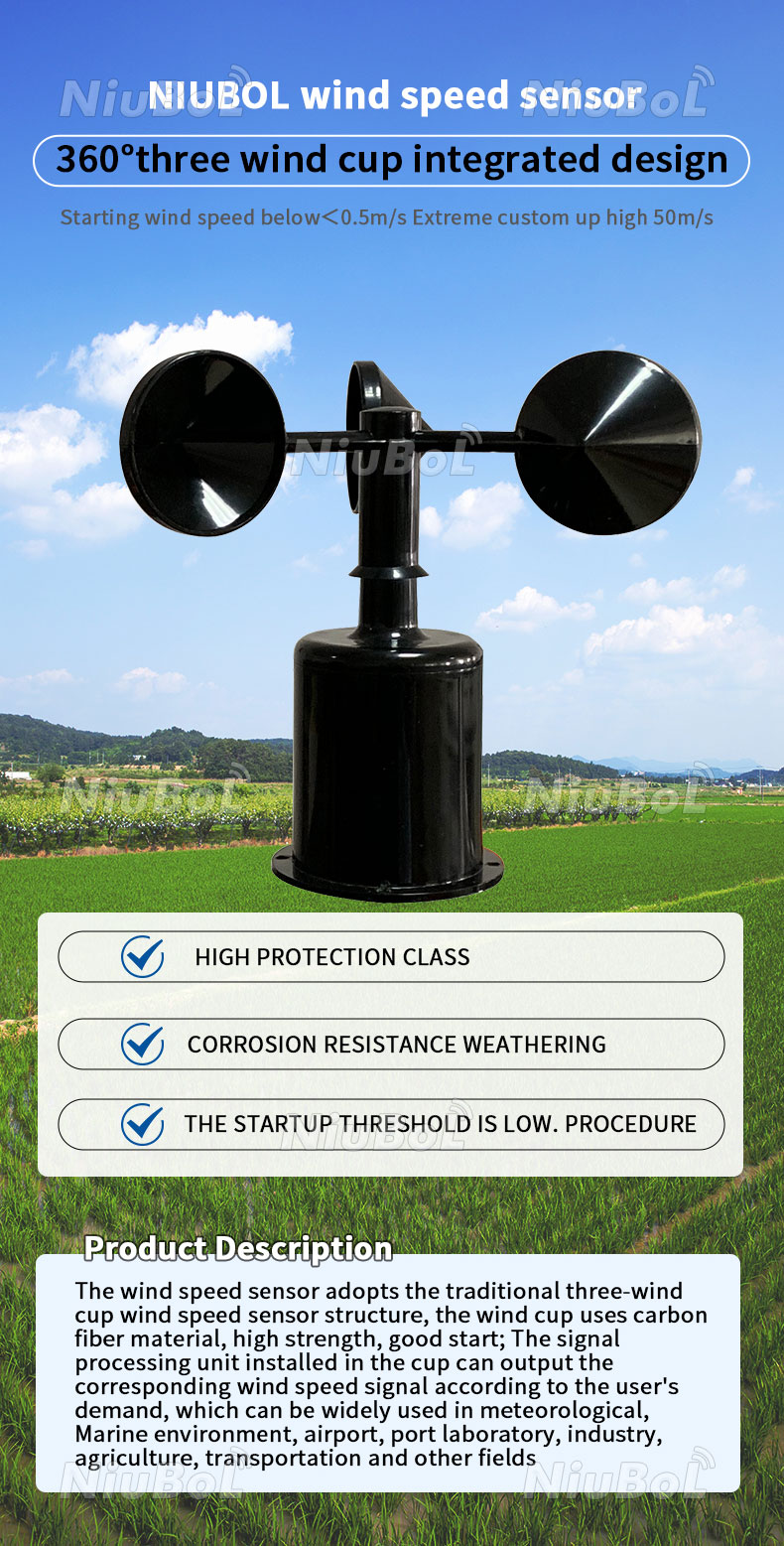
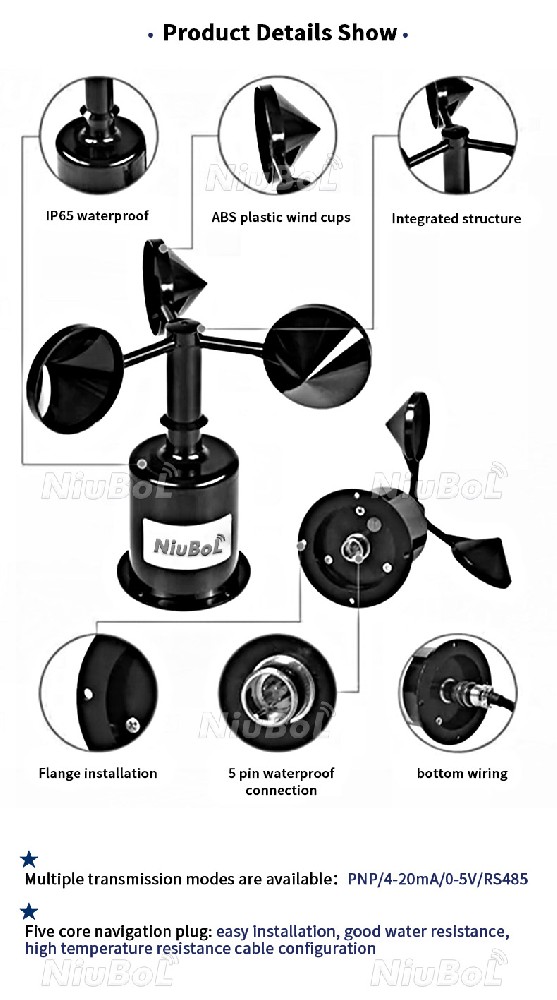
Measurement of wind power is a crucial task in meteorology, energy industry and environmental monitoring. One of the key tools for measuring wind speed and direction is the anemometer, also known as anemometer or anemometer.
What is an anemometer?
An anemometer is an instrument used to measure wind speed. It can accurately measure the speed and direction of the wind, helping us to understand the dynamics and kinematic properties of the wind.The main function of an anemometer is to collect information about the wind speed and then convert it into readable measurements such as kilometres per hour or metres per second.
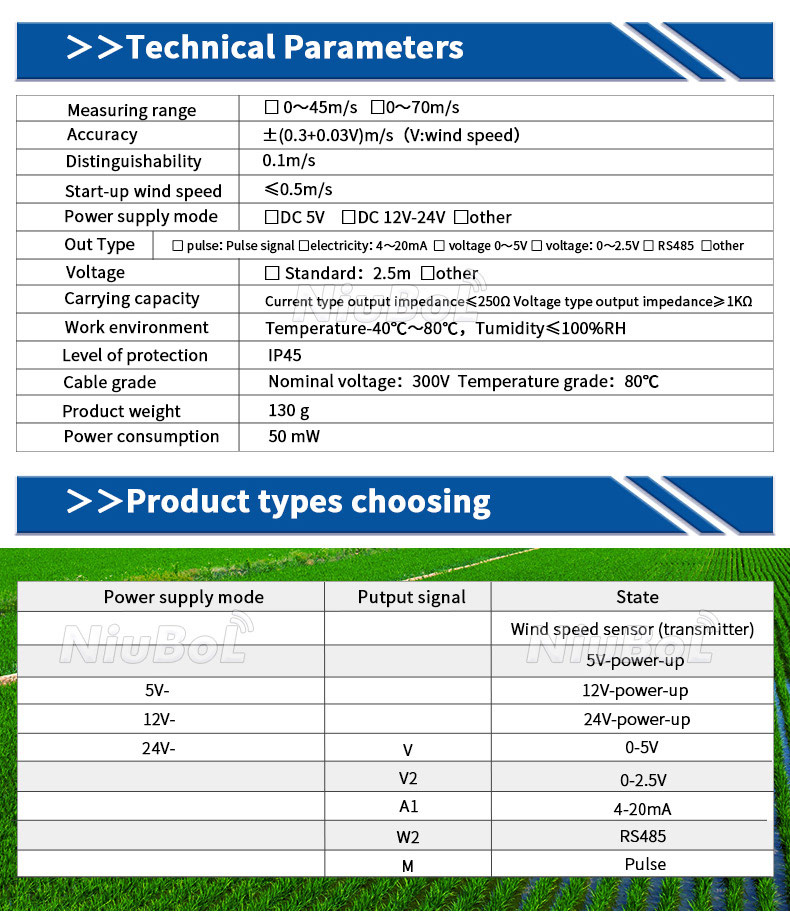
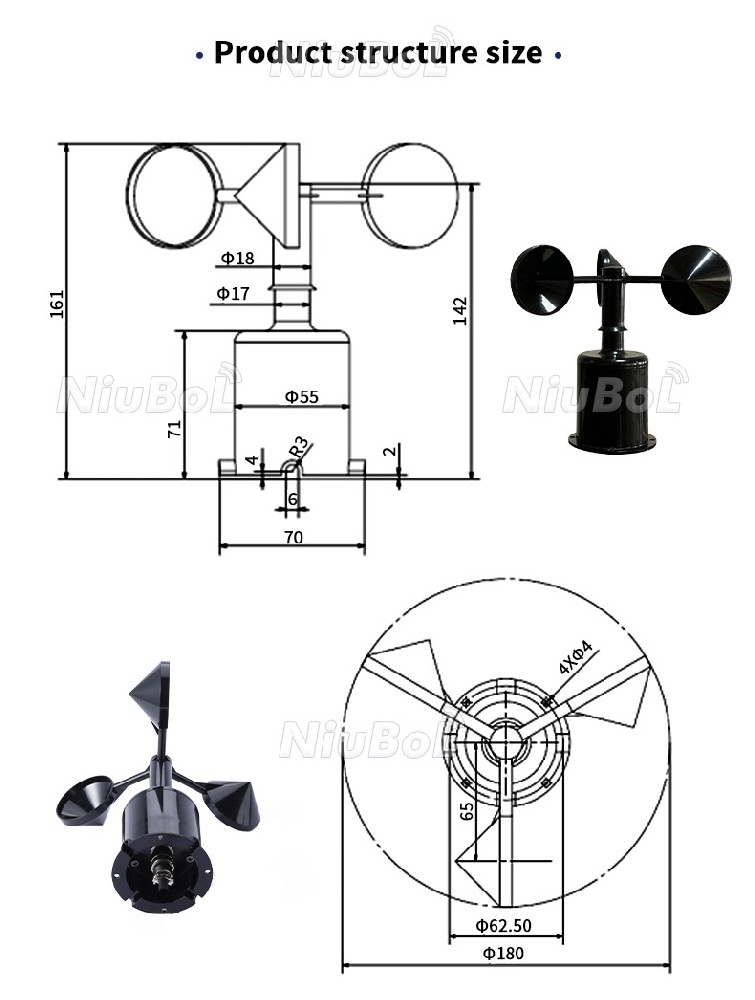
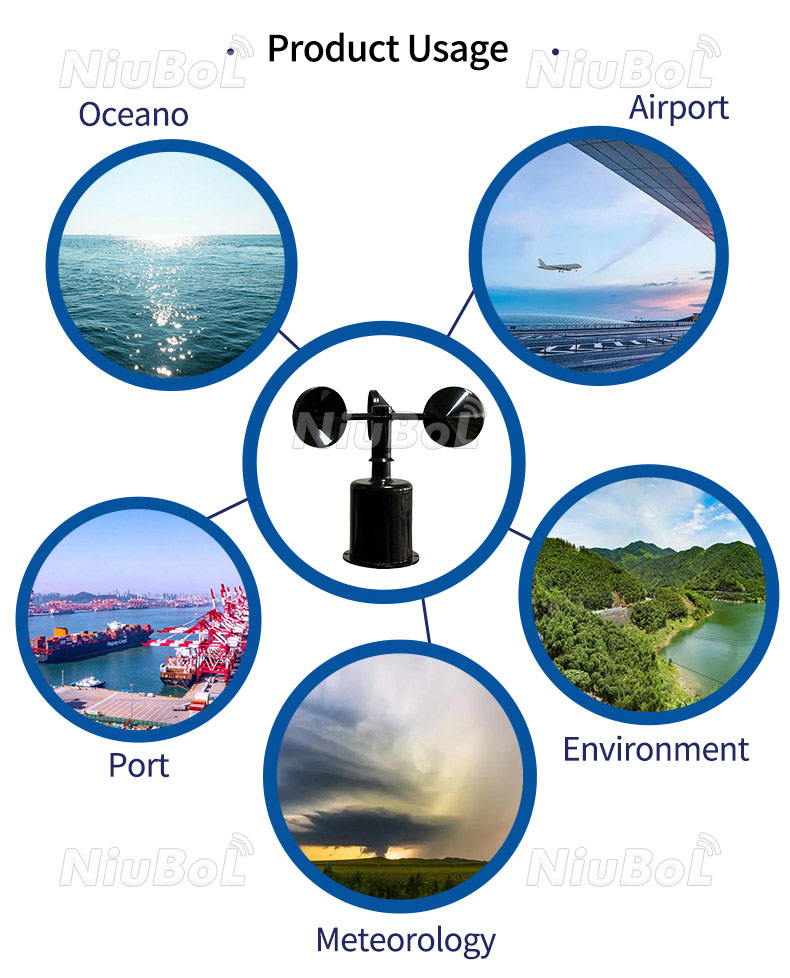
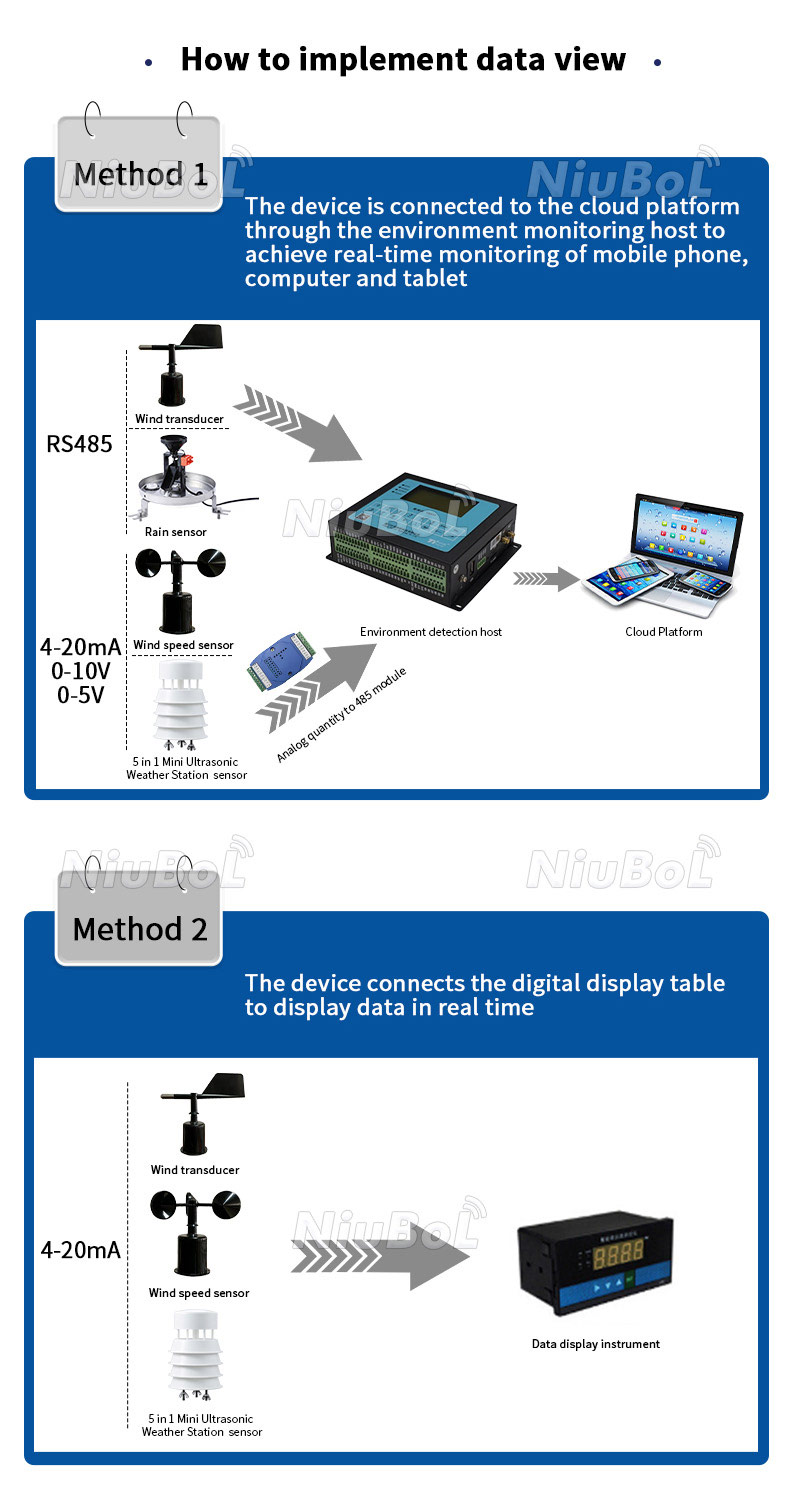

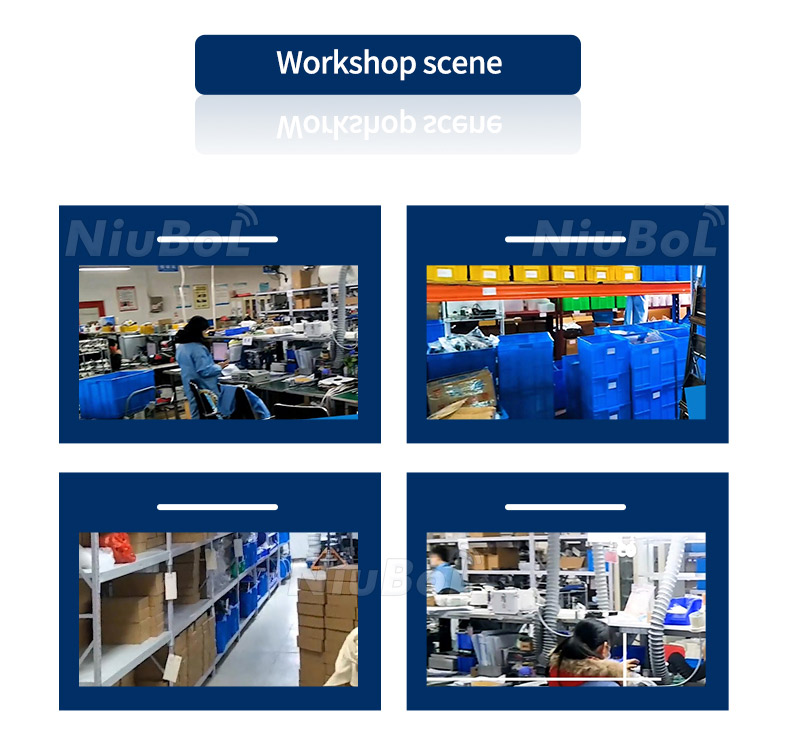
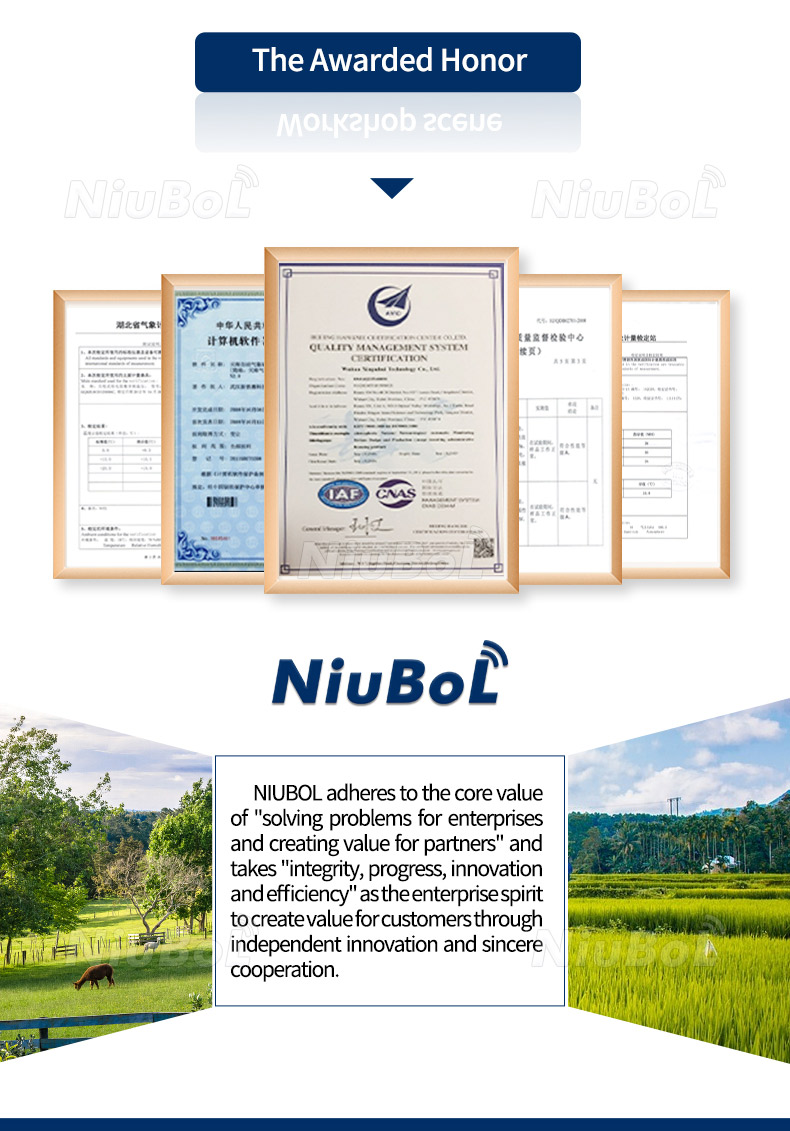
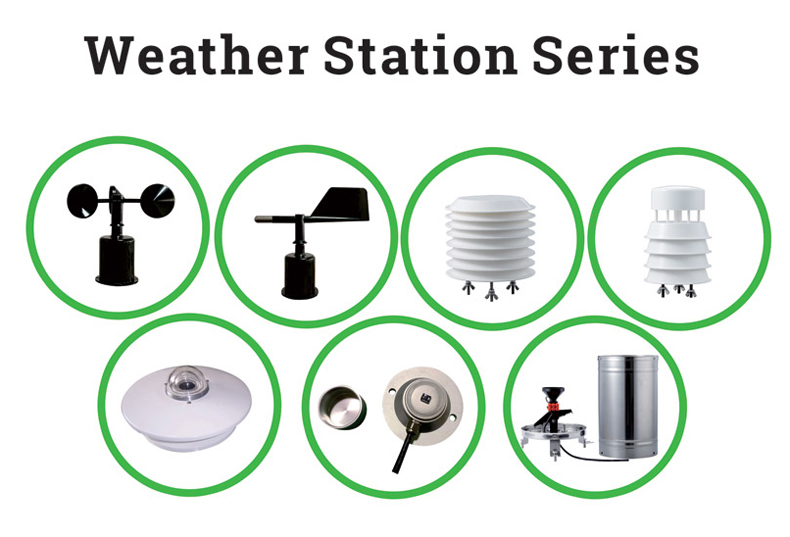
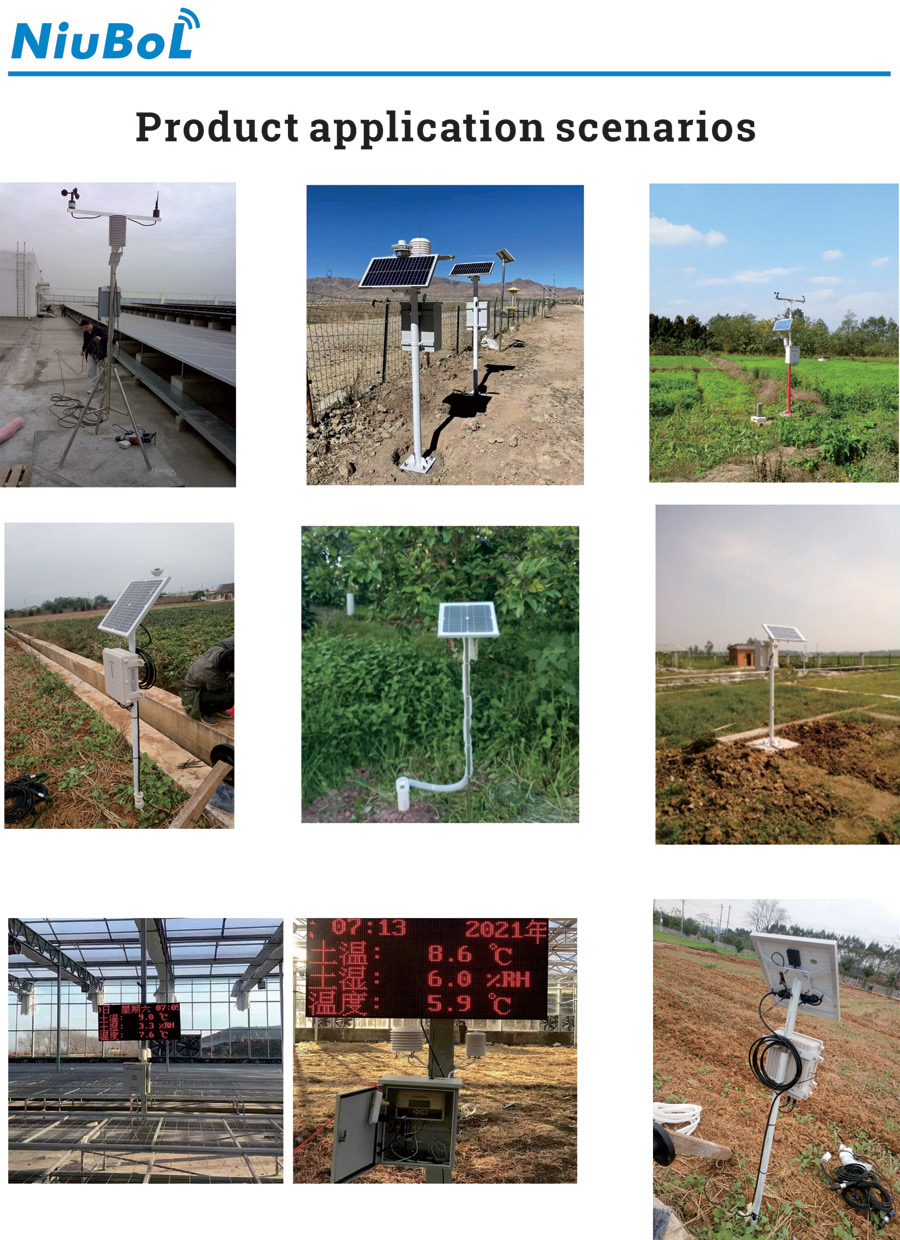
How anemometers work:
The principle of operation of the Anemometer is based on Newton's third law, which states that for every action there is an equal and opposite reaction. In the design of an anemometer, the impact of the wind pushes the sensor to rotate, which in turn converts this rotation into electrical signals. These electrical signals can be further processed and displayed by electronic devices to provide accurate wind speed readings.
Anemometers use different methods to measure the speed of the wind, the most common of which is the rotating rod anemometer. It contains one or more rotating rods or blades, and when the wind blows, the force of the wind causes the rods or blades to rotate. Based on the speed and angle of rotation, the speed of the wind can be calculated.
Another common type of anemometer is the ultrasonic anemometer. It uses the speed difference of ultrasonic waves to measure wind speed. Ultrasonic waves slow down when travelling against the wind and speed up when travelling downwind. By measuring this speed difference, the wind speed can be calculated.
Applications of anemometers:
1. Meteorological studies: anemometers are indispensable tools in meteorology. They provide data for measuring wind speed and direction, which helps in weather forecasting, climate research and environmental monitoring.
2. Energy Industry: In the wind power industry, anemometers are used to assess wind resources and select suitable locations for wind turbines. They help in predicting wind speed variations and the potential for power output, thus optimising the productivity of wind power generation.
3. Aerospace: Anemometers play an important role in aviation and aerospace engineering. They are used to measure the airflow around aeroplanes and rockets, helping to design safer and more efficient vehicles.
4. Construction: In construction, understanding the speed and direction of the wind is critical to the design and structural stability of a building. Anemometers provide data on the surrounding wind environment to help engineers assess the impact of wind on a building and act accordingly.
5. Sports and recreational activities: Anemometers are widely used in windsurfing, paragliding, kiting and other wind-dependent sports and recreational activities. They provide accurate wind speed information to help athletes choose the right venue and equipment and ensure their safety.
Conclusion:
Anemometer as an important tool for measuring wind speed plays an important role in meteorology, energy industry, aviation, construction, sports activities and industry. By understanding the definition, working principle and application scenarios of anemometers, we can better understand These instruments help us to better understand and utilise the energy of the wind, thereby advancing scientific research, sustainable development and the safety of human activities.
Prev:CO2 sensor detection transmitter 4-20mA/RS485 for Gas Environmental Monitoring
Next:Soil Moisture Sensor: Measuring the Water Content in Soil Output 4-20mA/0-5V/RS485
Sensors & Weather Stations Catalog
Agriculture Sensors and Weather Stations Catalog-NiuBoL.pdf
Weather Stations Catalog-NiuBoL.pdf
Related recommendations
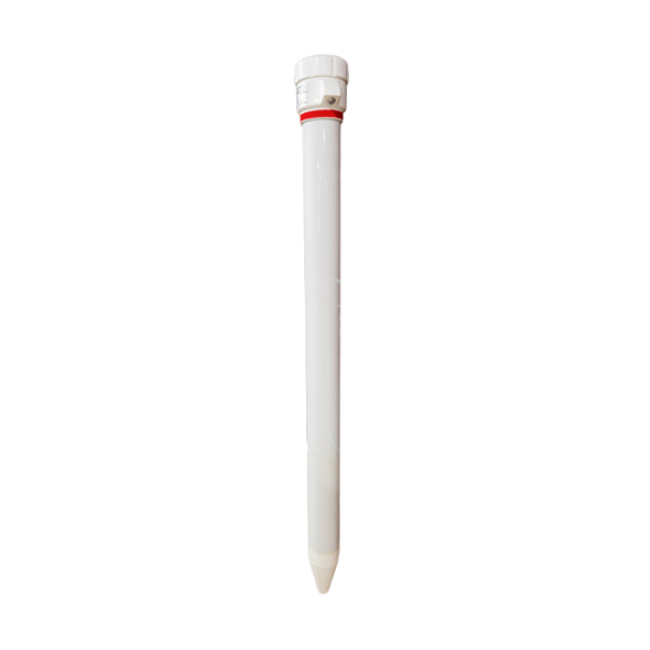 Multi-Depth Soil Sensor RS485
Multi-Depth Soil Sensor RS485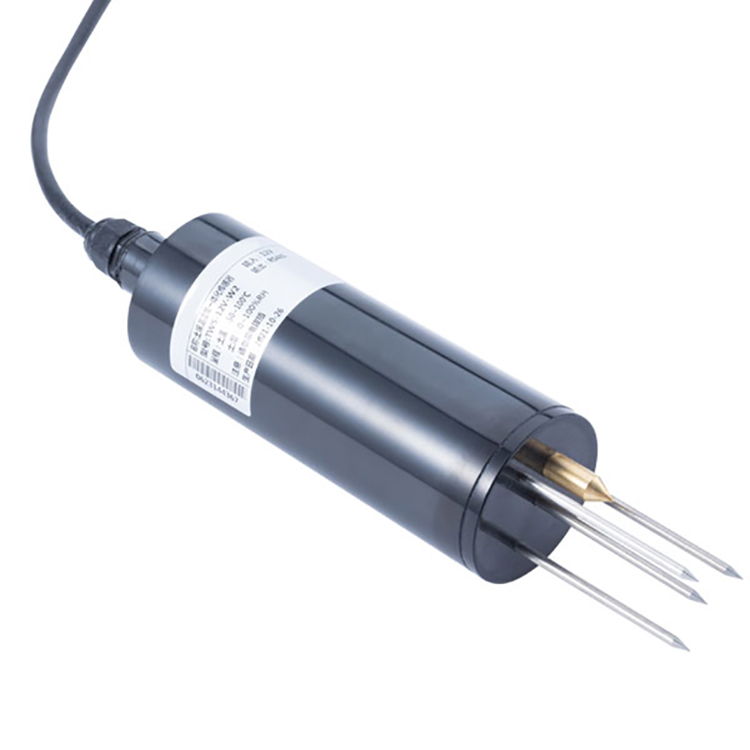 TDR Soil Moisture Sensor
TDR Soil Moisture Sensor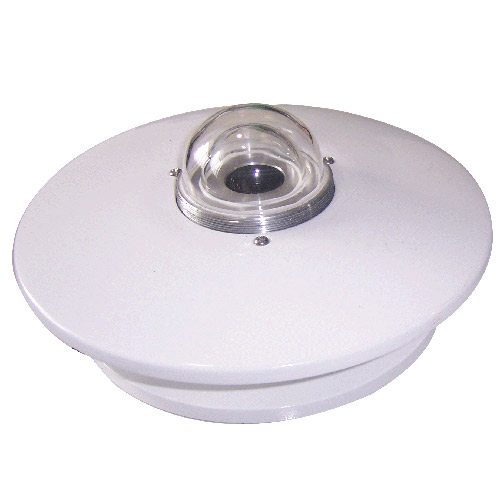 Pyranometer Solar Radiation Sensors
Pyranometer Solar Radiation Sensors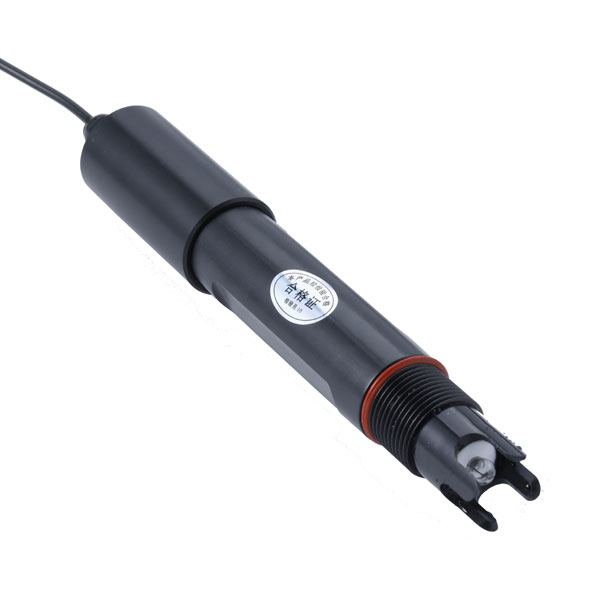 Soil ph sensor
Soil ph sensor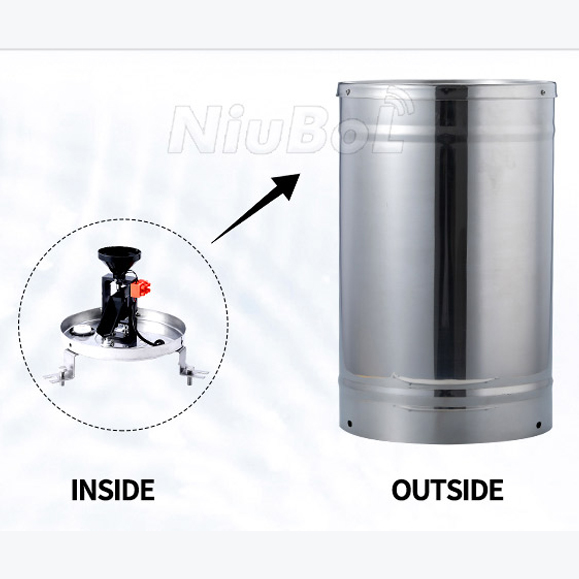 Tipping Bucket Rain Gauge
Tipping Bucket Rain Gauge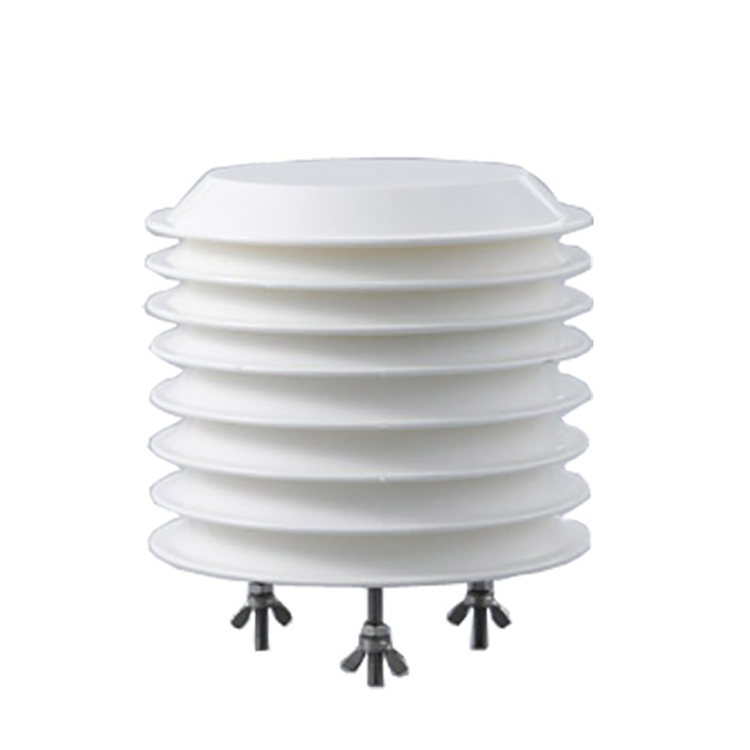 Air Temperature and Humidity Sensor
Air Temperature and Humidity Sensor
Screenshot, WhatsApp to identify the QR code
WhatsApp number:+8615367865107
(Click on WhatsApp to copy and add friends)
